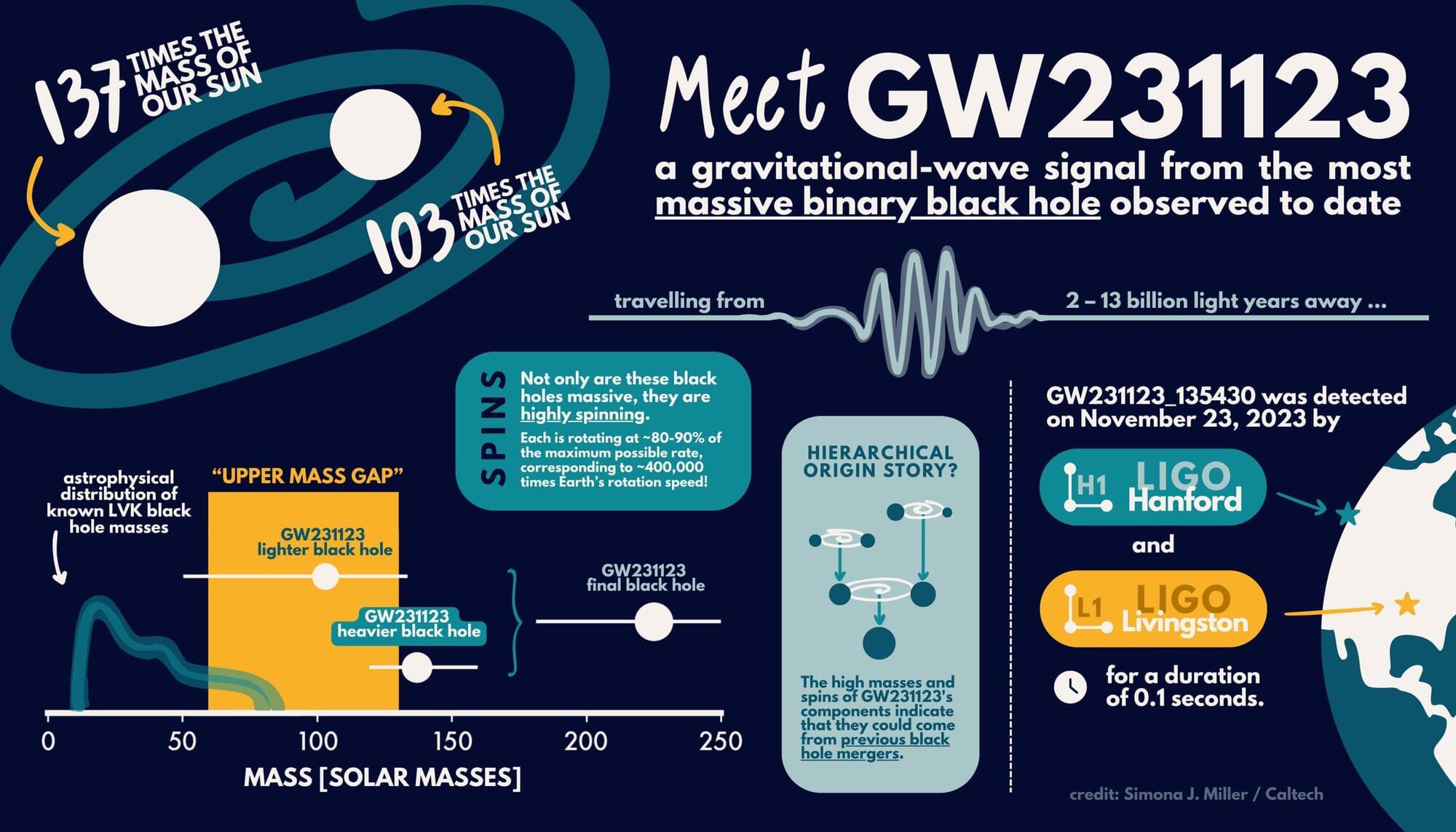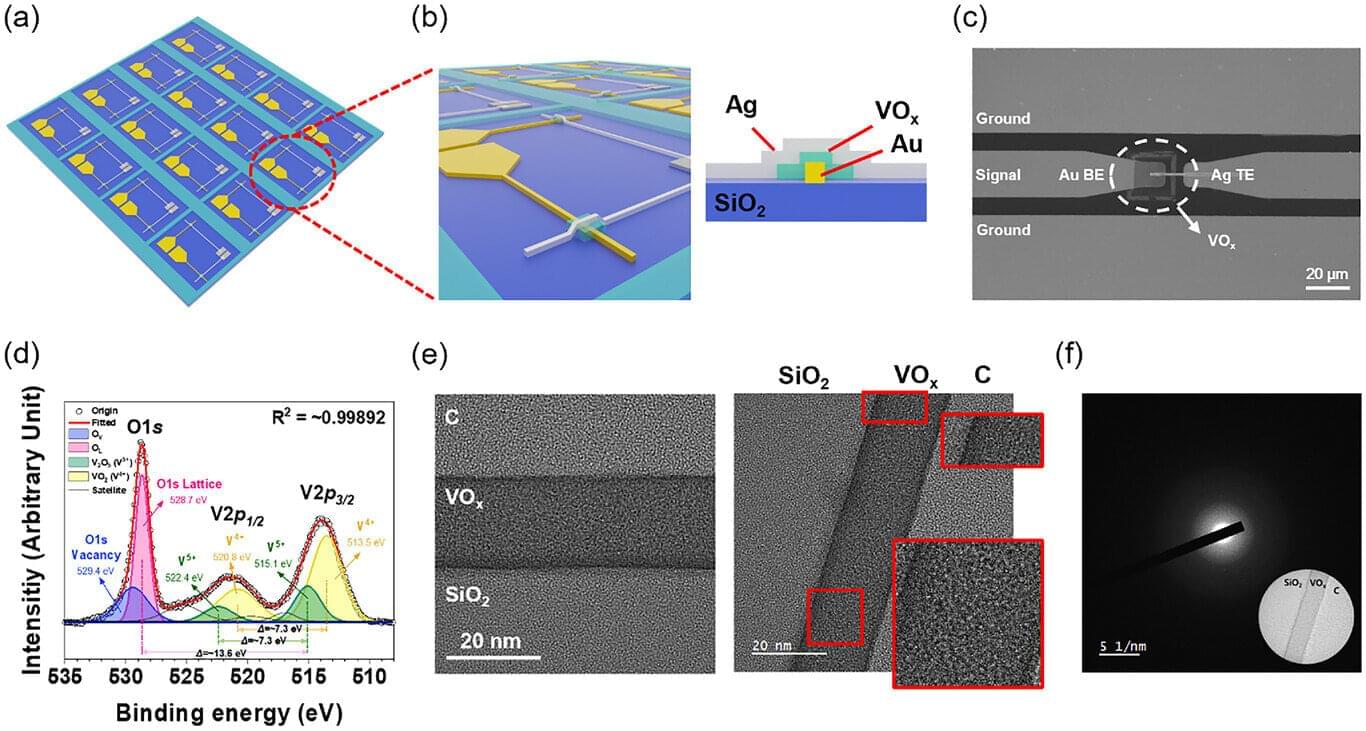Memczak, S., Izpisua Belmonte, J.C. & Graepel, T. Escaping ageing through Cell Annealing—a phenomenological model. Cell Res (2025). https://doi.org/10.1038/s41422-025-01138-z.


Memczak, S., Izpisua Belmonte, J.C. & Graepel, T. Escaping ageing through Cell Annealing—a phenomenological model. Cell Res (2025). https://doi.org/10.1038/s41422-025-01138-z.

The tests included missions to multiple destinations including Mount Lubań and altitudes of 4,000 feet.
In a test to reach remote locations, the Jetson electric vertical takeoff and landing vehicle reached the summit in fewer than four minutes.
The testing occurred in strong and gusty crosswind conditions peaking at 36 mph.


The LIGO-Virgo-KAGRA (LVK) Collaboration has detected the merger of the most massive black holes ever observed with gravitational waves using the LIGO observatories. The powerful merger produced a final black hole approximately 225 times the mass of our sun. The signal, designated GW231123, was detected during the fourth observing run of the LVK network on November 23, 2023.
LIGO, the Laser Interferometer Gravitational-wave Observatory, made history in 2015 when it made the first-ever direct detection of gravitational waves, ripples in space-time. In that case, the waves emanated from a black hole merger that resulted in a final black hole 62 times the mass of our sun. The signal was detected jointly by the twin detectors of LIGO, one located in Livingston, Louisiana, and the other in Hanford, Washington.
Since then, the LIGO team has teamed up with partners at the Virgo detector in Italy and KAGRA (Kamioka Gravitational Wave Detector) in Japan to form the LVK Collaboration. These detectors have collectively observed more than 200 black hole mergers in their fourth run, and about 300 in total since the start of the first run in 2015.





A research team affiliated with UNIST has unveiled a new semiconductor device optimized for the next-generation 6G era and autonomous driving, offering low power consumption and nonvolatile operation. This innovative device can also be integrated into variable filter circuits capable of tuning the central frequency band, paving the way for more compact and energy-efficient communication equipment.
Jointly led by Professor Myungsoo Kim of the Department of Electrical Engineering and Professor Tae-Sik Yoon of the Graduate School of Semiconductor Materials and Devices Engineering at UNIST, the team announced the development of nonvolatile radio-frequency (RF) switches based on vanadium oxide (VOx) for next-generation wireless communication systems. The paper is published in Advanced Science.
RF switches are essential semiconductor components in modern wireless communication systems, such as autonomous systems, smartphones, VR, and AR. They control the flow of high-frequency signals within circuits by connecting or disconnecting specific pathways, enabling reliable signal routing.